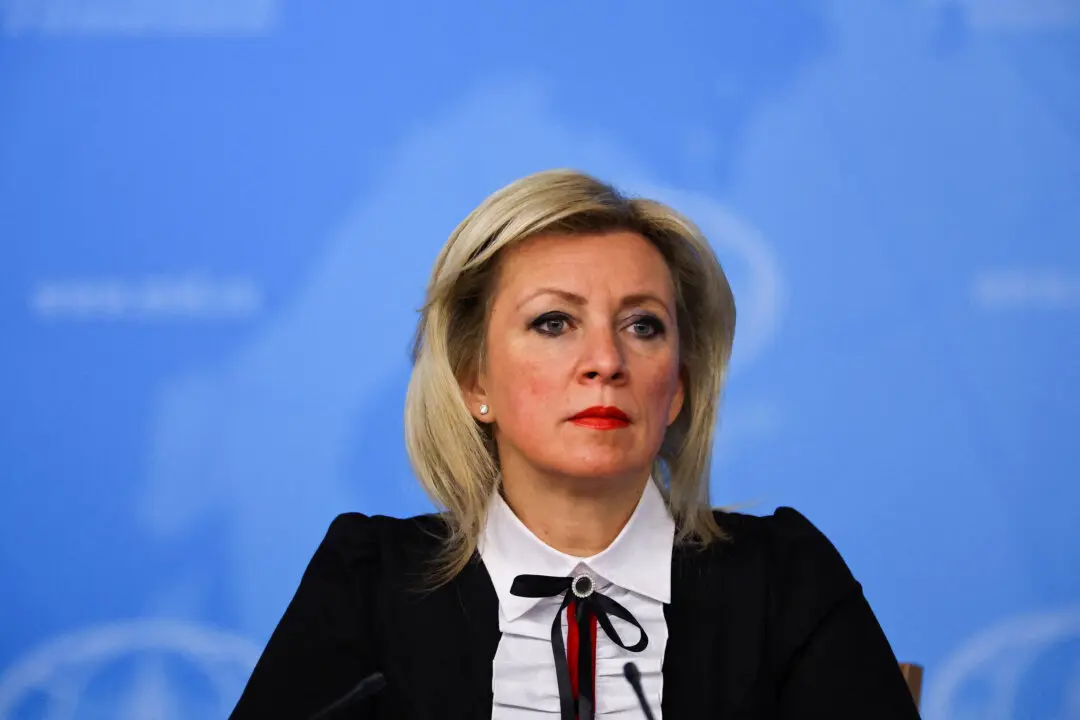Kansas City Federal Reserve President Esther George on Wednesday struck a cautionary note about consumers’ expectations for further price increases, urging policymakers to monitor inflation expectations carefully as they mull dialing back the Fed’s extraordinary support measures for the economy.
U.S. consumers are much more aware of inflation levels today than they have been over the past decade, and Fed policymakers need to be watchful, George said during a virtual seminar organized by the National Association for Business Economics.





